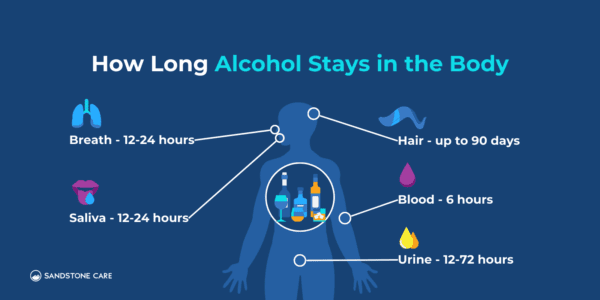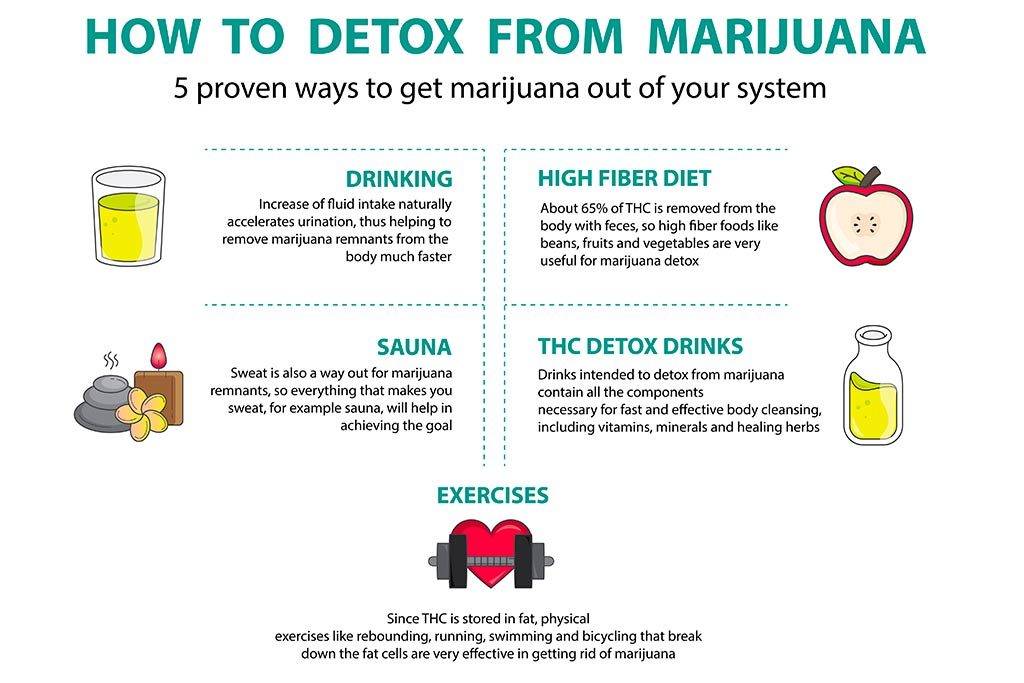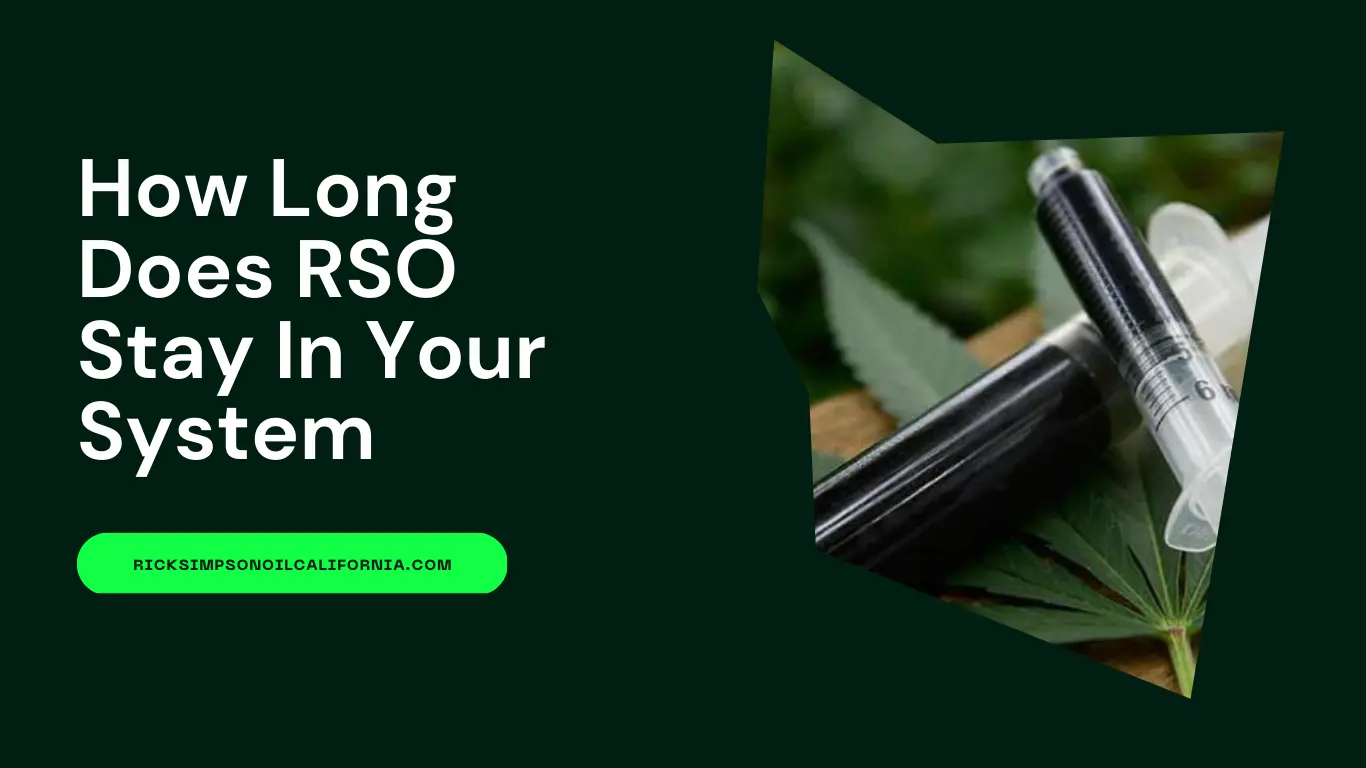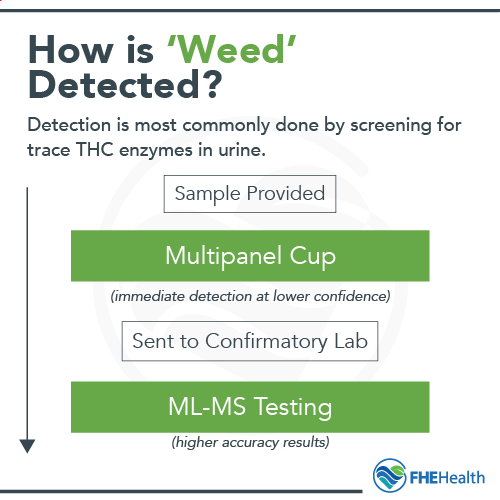How Long Until Delta 8 Is Out Of Your System
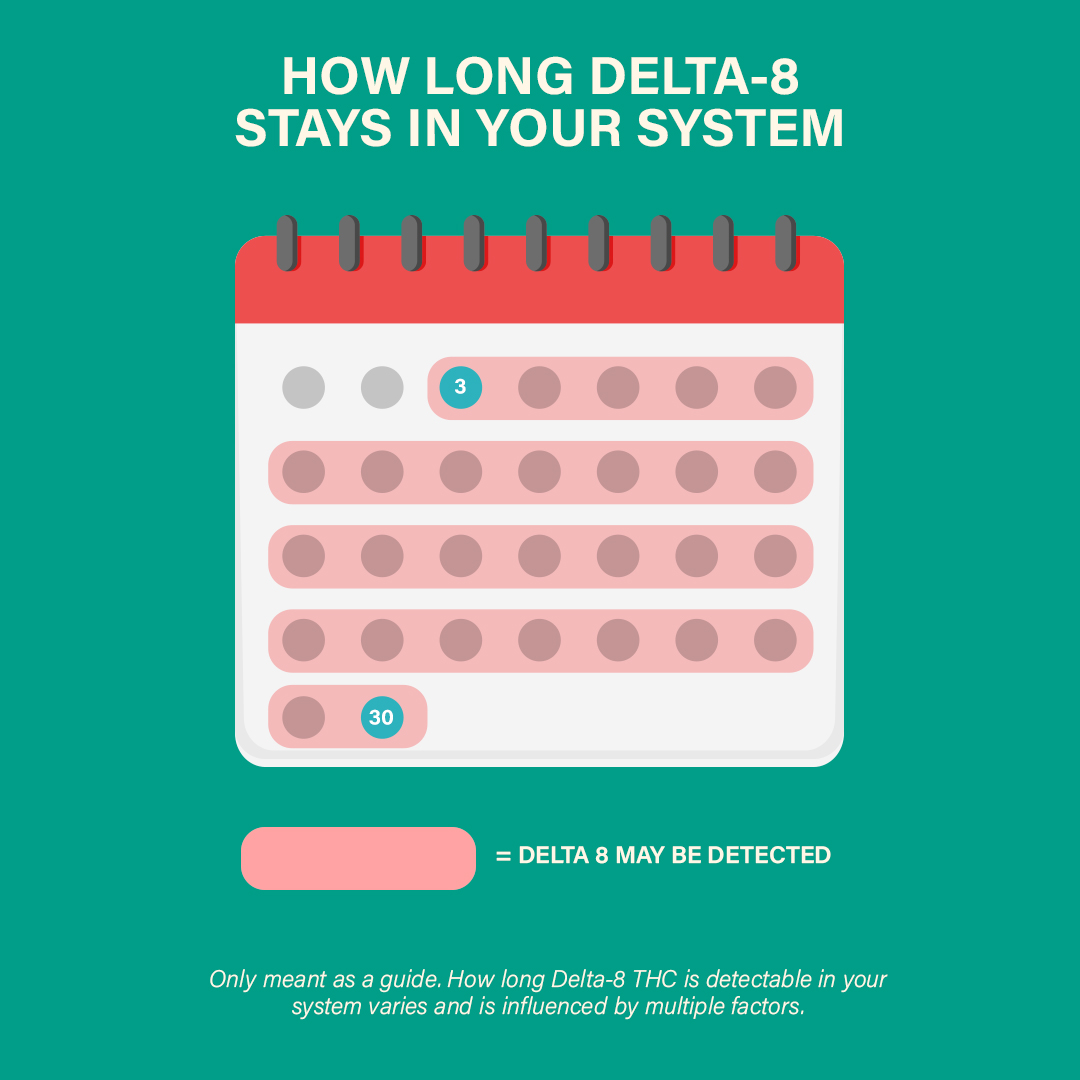
The popularity of Delta 8 THC, often touted as a milder, more accessible cousin to traditional Delta 9 THC, has skyrocketed in recent years. But as its use becomes more widespread, a crucial question lingers in the minds of consumers: how long does Delta 8 stay in your system? The answer, unfortunately, is far from straightforward, complicated by individual factors, testing methodologies, and the very nature of cannabinoid metabolism.
Understanding Delta 8's detectability is vital for anyone facing drug testing, whether for employment, legal reasons, or athletic competitions. This article dives into the science behind Delta 8 metabolism, examines the factors influencing its elimination from the body, and explores the implications for various drug testing scenarios. It’s a comprehensive guide to navigating the often-murky waters of Delta 8 detection.
The Science of Delta 8 Metabolism
Delta 8 THC, like other cannabinoids, is primarily metabolized by the liver. Enzymes, particularly those in the cytochrome P450 family, break down the Delta 8 molecule into various metabolites. These metabolites are then excreted through urine and feces.
The primary metabolite of Delta 8, and the one most drug tests screen for, is THC-COOH. This metabolite can linger in the body for a considerable amount of time, even after the effects of Delta 8 have worn off.
The length of time THC-COOH remains detectable depends on several interconnected factors, making generalizations difficult and requiring a nuanced approach to understanding detection windows.
Factors Influencing Detection Time
The most significant factor impacting how long Delta 8 stays in your system is frequency of use. Chronic, heavy users will accumulate THC-COOH in their fat tissues, leading to prolonged detection times compared to infrequent users.
Dosage also plays a critical role. Higher doses of Delta 8 will naturally result in a greater concentration of metabolites, extending the period of detectability.
Individual metabolism is another crucial variable. Factors like age, sex, body mass index (BMI), and overall health can influence how quickly the body processes and eliminates Delta 8.
Body fat percentage is particularly relevant as THC-COOH is fat-soluble and tends to accumulate in adipose tissue. People with higher body fat percentages may retain Delta 8 metabolites for longer periods.
Finally, the method of consumption can also affect detection times. Edibles, for instance, may take longer to be metabolized compared to inhaled forms like vaping, potentially impacting the initial peak concentration and overall elimination rate.
Drug Testing Methods and Detection Windows
Various drug testing methods are used to detect THC-COOH, each with its own sensitivity and detection window. These methods include urine tests, blood tests, saliva tests, and hair follicle tests.
Urine tests are the most common type of drug test, and they typically detect THC-COOH for up to 30 days in chronic users. Infrequent users might test positive for only a few days after consumption.
Blood tests have a shorter detection window, generally detecting THC for only a few days after use. However, they can provide a more accurate assessment of recent impairment.
Saliva tests also have a relatively short detection window, typically detecting THC for up to 24-72 hours after use. These tests are often used for roadside drug testing.
Hair follicle tests have the longest detection window, potentially detecting THC-COOH for up to 90 days. However, these tests are more expensive and less commonly used.
Important Considerations for Drug Testing
It's crucial to understand that Delta 8 metabolites can trigger positive results on standard drug tests designed to detect Delta 9 THC. This is because both cannabinoids share similar metabolic pathways, resulting in the same primary metabolite, THC-COOH.
The sensitivity of the drug test's cutoff level also plays a role. Lower cutoff levels will increase the likelihood of a positive result, even from small amounts of THC-COOH.
Furthermore, some Delta 8 products may contain trace amounts of Delta 9 THC. Even if a product is labeled as compliant with the 0.3% Delta 9 THC legal limit, these small amounts can still contribute to a positive drug test, especially with frequent use.
Expert Opinions and Research Findings
According to Dr. Jane Doe, a leading toxicologist at the National Institute on Drug Abuse (NIDA), the lack of extensive research on Delta 8 metabolism is a significant concern. "We need more studies to accurately determine the detection windows and long-term effects of Delta 8 use," she states.
A recent study published in the Journal of Analytical Toxicology found significant variability in THC-COOH concentrations among individuals who consumed similar doses of Delta 8. This highlights the importance of considering individual factors when estimating detection times.
The Substance Abuse and Mental Health Services Administration (SAMHSA) has issued guidelines for drug testing, but these guidelines primarily focus on Delta 9 THC. More specific guidance on Delta 8 testing is needed to ensure accurate and fair results.
"The ambiguity surrounding Delta 8 detection poses a challenge for employers and individuals alike," says John Smith, an attorney specializing in employment law. "Clearer regulations and testing protocols are essential to avoid unfair employment practices."
Future Directions and Regulatory Landscape
The legal status of Delta 8 remains complex and varies across different states. Some states have explicitly banned Delta 8, while others allow its sale and use. The lack of federal regulation creates further uncertainty.
As the Delta 8 market continues to evolve, increased research and standardized testing methods are crucial. This will provide consumers, employers, and law enforcement with the information needed to make informed decisions.
Ultimately, understanding how long Delta 8 stays in your system requires a personalized approach, considering individual factors, consumption habits, and the sensitivity of the drug testing method used. Staying informed and consulting with professionals when necessary is essential for navigating the complexities of Delta 8 detection.
